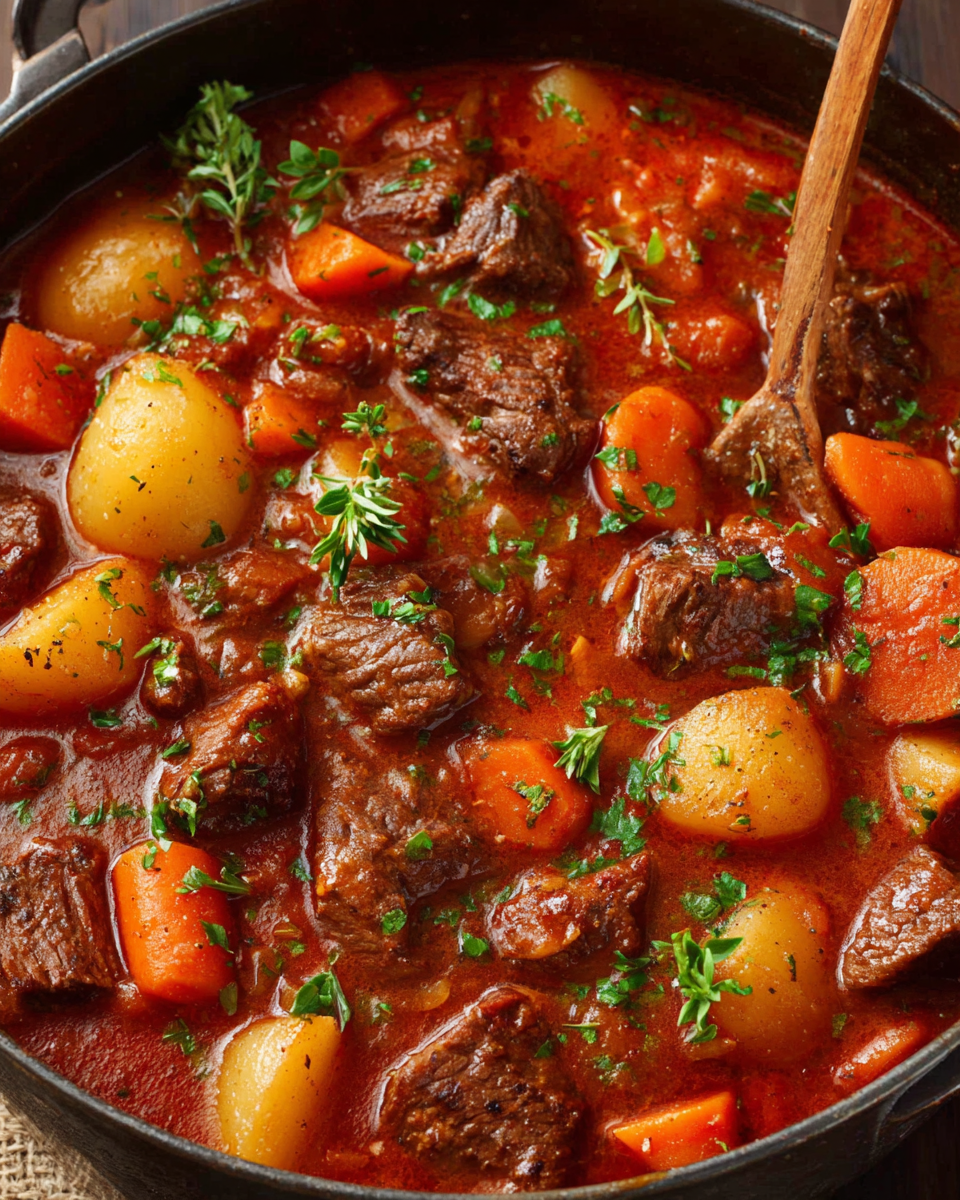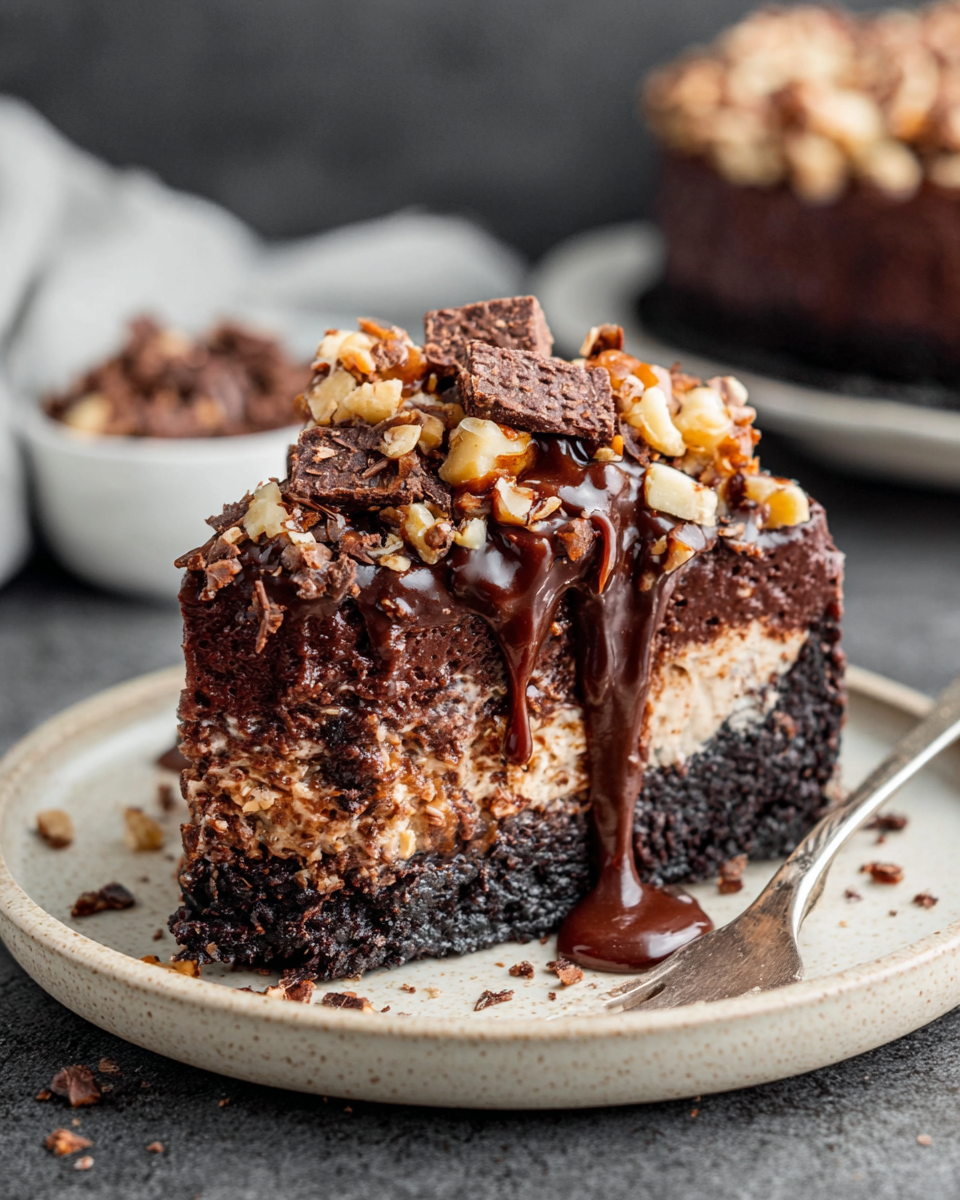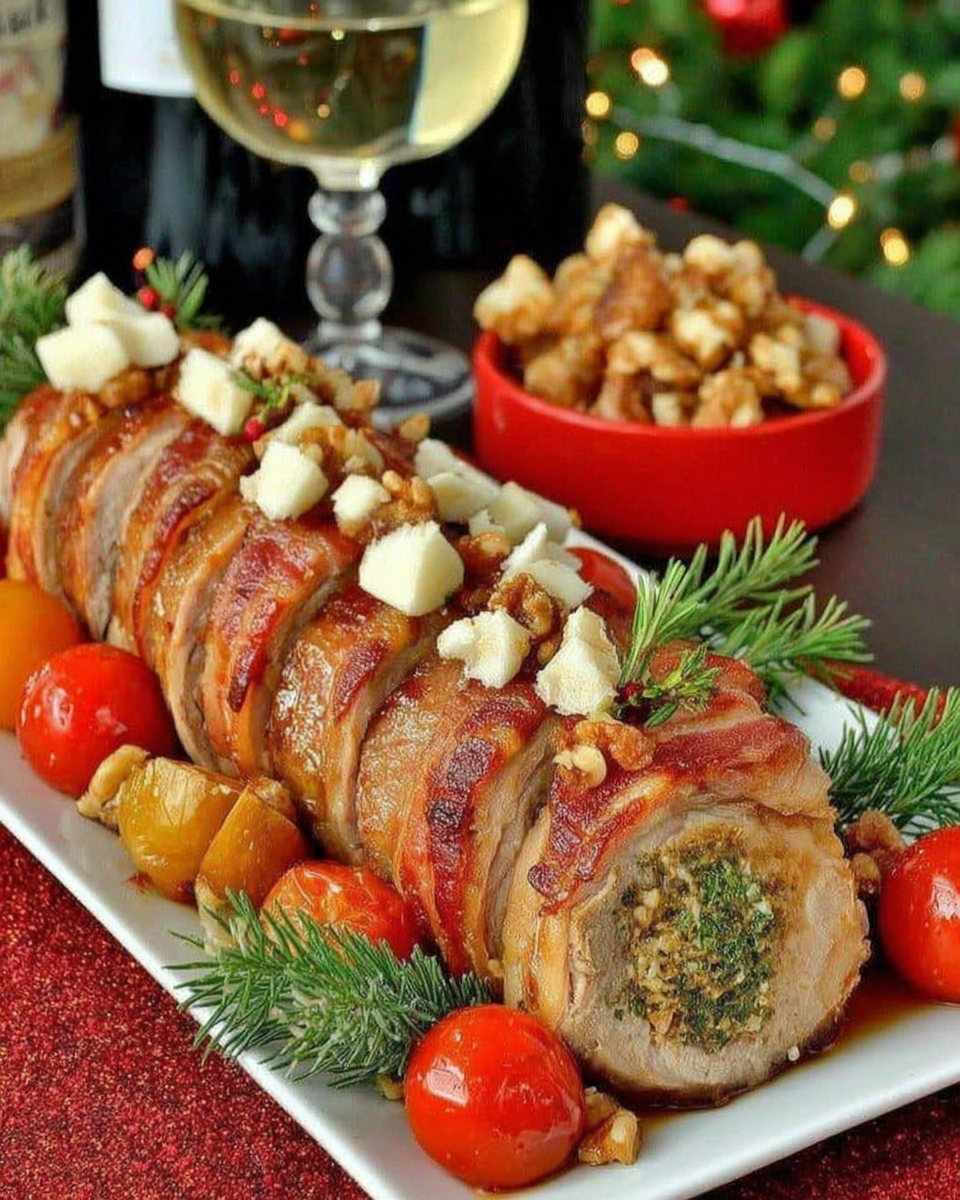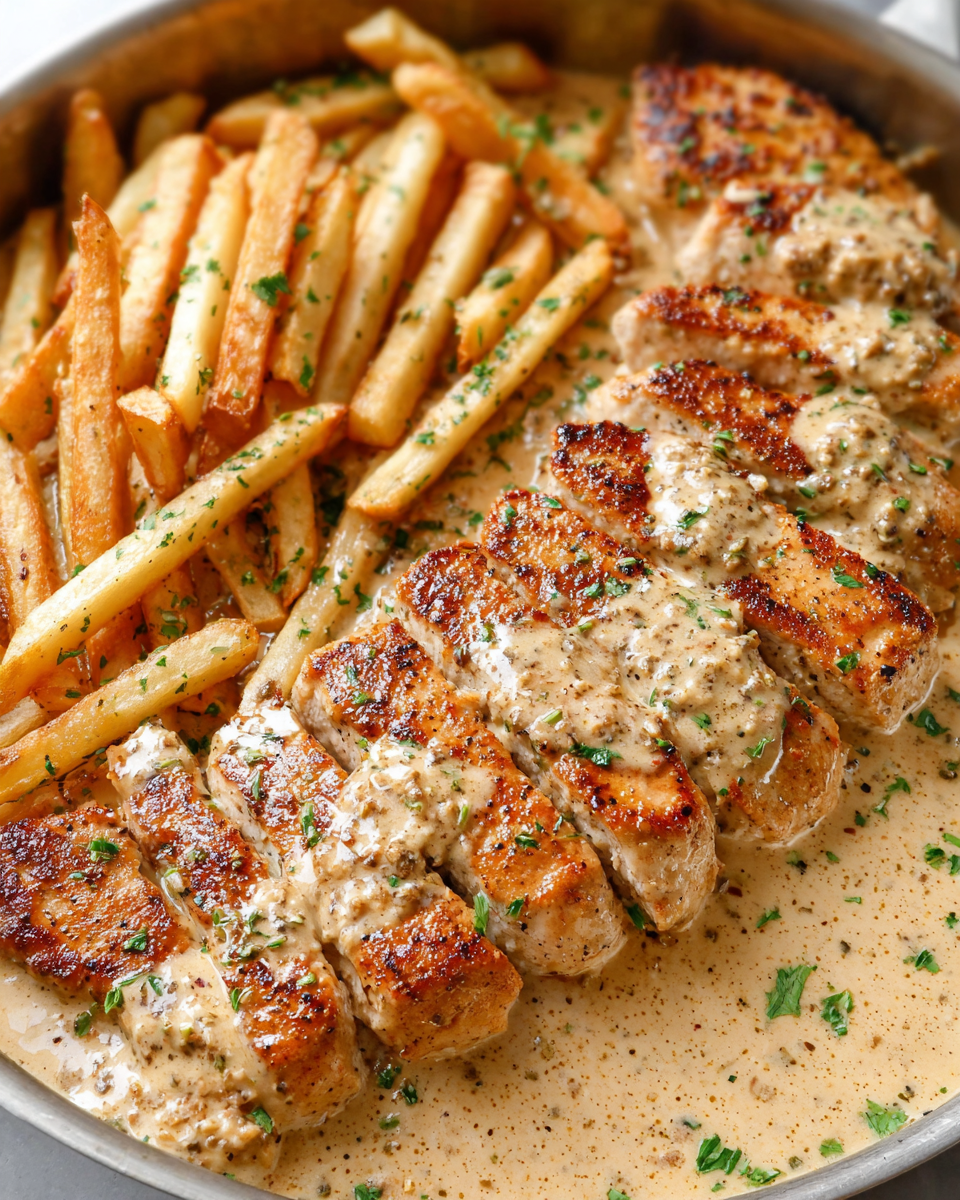Introduction
Beef stew is a classic comfort food that evokes feelings of home and hearth. It brings together simple ingredients to create a dish that’s both hearty and satisfying. The magic lies in the slow cooking process, which allows the flavors to meld beautifully, resulting in tender meat and rich broth.
While there are many variations of beef stew, this recipe focuses on creating a robust flavor profile with tender vegetables. Whether you choose to serve it on a chilly evening or during a cozy family gathering, this stew is sure to leave everyone feeling nourished and content.
Ingredients
- 2 pounds beef chuck, cut into 1-inch pieces
Beef chuck is marbled with fat, making it ideal for slow cooking. This cut becomes tender and flavorful with the long cooking time, absorbing the rich broth. - 4 cups beef broth
A good quality broth forms the base of the stew, infusing it with deep flavor. Homemade broth is preferred, but store-bought works well too. - 2 medium onions, diced
Onions add a sweet and savory base to the stew, caramelizing during cooking to enhance its flavor. - 4 cloves garlic, minced
Garlic introduces a fragrant aroma and a pungent kick that elevates the overall flavor. - 4 carrots, sliced
Carrots bring sweetness and color to the dish, balancing the robust flavors of the beef and broth. - 3 potatoes, peeled and diced
Potatoes act as a hearty filler, absorbing flavors from the stew while adding a creamy texture. - 2 tablespoons tomato paste
Tomato paste adds depth and an umami quality, enriching the overall flavor and giving the stew a beautiful color. - 1 tablespoon Worcestershire sauce
This condiment boosts the stew with a savory tang, enhancing the meatiness and complexity. - 1 teaspoon dried thyme
Thyme contributes an earthy note that complements the richness of the beef. - 1 bay leaf
Bay leaves infuse the stew with a subtle bitterness that rounds out the flavors, providing a fragrant background. - Salt and pepper to taste
Seasoning is essential to bring out the flavors of each ingredient, allowing the dish to shine. - 2 tablespoons olive oil
Used for browning the meat and sautéing the vegetables, olive oil adds richness and enhances mouthfeel.
Directions & Preparation
Step 1: Heat olive oil in a large pot over medium heat.
Heating the olive oil properly is essential for browning the beef. This step caramelizes the meat, creating a flavorful crust that adds depth to the stew.
Step 2: Season beef cubes with salt and pepper, then add to the pot.
Adding seasoned beef to hot oil creates a sear that locks in flavor and moisture. Don't crowd the pan; work in batches if necessary.
Step 3: Brown the beef on all sides, about 6-8 minutes, then remove and set aside.
Browning the beef is crucial as it adds a rich color and depth of flavor to the stew. The caramelization process develops complexity in the dish.
Step 4: In the same pot, add diced onions and garlic; sauté for 3-4 minutes until translucent.
Sautéing onions and garlic helps to release their natural sweetness and enhances the base of your stew. This step infuses the pot with a fragrant aroma that sets the tone.
Step 5: Stir in tomato paste and Worcestershire sauce; cook for another 2 minutes.
Cooking the tomato paste develops its flavor, intensifying the stew's character. The Worcestershire sauce adds a unique kick that enhances the meatiness.
Step 6: Add carrots and potatoes; stir to coat with the mixture.
Incorporating vegetables at this stage ensures they absorb the rich flavors of the base before the liquids are added, enhancing them during cooking.
Step 7: Return the beef to the pot, and sprinkle in thyme, bay leaf and any remaining seasoning.
Reintroducing the beef allows all the flavors to meld together. This step is essential as it ties the dish components—meat, herbs, and vegetables—into a cohesive whole.
Step 8: Pour in beef broth; bring to a gentle boil before reducing the heat.
Bringing the stew to a gentle boil jumpstarts the cooking process, allowing the flavors to meld quickly. Reducing the heat ensures the stew simmers slowly, tenderizing the meat.
Step 9: Cover and let simmer on low heat for 2-3 hours, stirring occasionally.
Slow cooking is key to developing deeper flavors and tenderizing the beef. The occasional stir helps prevent sticking and ensures even cooking across ingredients.
Step 10: Taste and adjust seasoning; if too thick, add more broth or water.
Tasting the stew before serving allows you to adjust flavors. If the stew is too thick, adding liquid gives you control over the texture, ensuring a perfect serving consistency.
Step 11: Once finished, remove the bay leaf before serving hot.
It’s important to remove the bay leaf as it remains tough and can be unpleasant to eat. This final step keeps the dish enjoyable while allowing the flavors to shine.

Choosing the Right Beef Cut
When making beef stew, selecting the right cut of meat is crucial. Beef chuck is a common choice due to its marbling, which breaks down during cooking, resulting in tender pieces. If you're looking for a less fatty option, consider using round or brisket, but keep in mind they may require slightly longer cooking times to achieve similar tenderness.
Enhancing Flavor Through Herbs and Spices
The flavor profile of beef stew can be significantly enhanced through the right herbs and spices. Dried herbs like thyme provide a depth of flavor without the need for fresh ingredients. Experimenting with other additions such as rosemary or bay leaf can also create varied undertones, making each pot unique and flavorful.
Serving Suggestions for a Complete Meal
Beef stew pairs wonderfully with a range of sides. A slice of crusty bread is perfect for soaking up the savory broth, while a fresh green salad can brighten the meal. For a more filling option, consider serving it over a bed of creamy mashed potatoes or alongside egg noodles, creating a hearty plate that satisfies.
FAQs
What can I do if my stew is too bland?
If your stew tastes bland, try adding more salt and pepper, and consider incorporating additional herbs or spices to enhance the depth of flavor.
What should I do if the stew turns out too thick?
You can thin your stew by adding more beef broth or water until you reach the desired consistency. Stir well to incorporate.
How do I know if the beef is cooked properly?
The beef is ready when it's fork-tender, meaning it easily breaks apart. It should also have a rich, deep color from the browning process.
Can I add additional vegetables?
Absolutely! Feel free to add vegetables like peas or green beans during the last 30 minutes of cooking for added color and texture.
What if my potatoes start to fall apart?
If your potatoes are breaking down too much, ensure they are cut into larger chunks next time, and add them later in the cooking process.
How can I scale the recipe for a larger group?
To serve more people, simply double or triple the ingredients while ensuring your pot is large enough to hold everything comfortably.
Conclusion
Beef stew is not only a dish of comfort, but it also showcases the beauty of simple ingredients coming together to create something special. Each bowl is a reminder of home and the joy of shared meals with loved ones.
As you prepare your beef stew, don’t be afraid to make it your own. Adjust the seasonings, add in your favorite vegetables, and savor the process that transforms these humble ingredients into a warm, fulfilling feast.
Recipe Card
Savory Chicken Fillet in Creamy Garlic-Parmesan Sauce
Ingredients
- 4 boneless skinless chicken fillets
- 1 tablespoon olive oil
- 4 cloves garlic minced
- 1 teaspoon red pepper flakes
- 1 cup heavy cream
- 1 cup grated Parmesan cheese
- Salt and pepper to taste
- 2 large potatoes cut into fries
- Fresh parsley chopped (for garnish)
Instructions
- Prepare the fries by preheating the oven to 425°F (220°C) and cutting potatoes into fry shapes.
- Toss the cut fries in olive oil, salt, and pepper and spread them on a baking sheet.
- Bake the fries for 25-30 minutes, flipping halfway through for even cooking.
- While the fries are baking, heat olive oil in a large skillet over medium-high heat for the chicken.
- Season the chicken fillets with salt and pepper, then sauté in the skillet until golden brown, about 5-7 minutes per side.
- Remove the chicken from the skillet and set aside, then reduce the heat to medium.
- Add minced garlic and red pepper flakes to the skillet, cooking until fragrant, about 1 minute.
- Pour in the heavy cream, stirring to combine, and bring to a simmer for 2-3 minutes.
- Stir in the grated Parmesan cheese until melted, creating a creamy sauce.
- Return the chicken to the skillet, ensuring it’s coated in the sauce, and allow to heat for 2-3 minutes.
- Serve the chicken topped with the sauce alongside the freshly baked fries, garnished with chopped parsley.
Notes
Additional serving suggestions: pair with a crisp salad, garlic bread, or roasted seasonal vegetables for balance.
For make-ahead, prep components separately and assemble just before heating to preserve texture.
Taste and adjust with acid (lemon/vinegar) and salt right at the end to wake up flavors.








